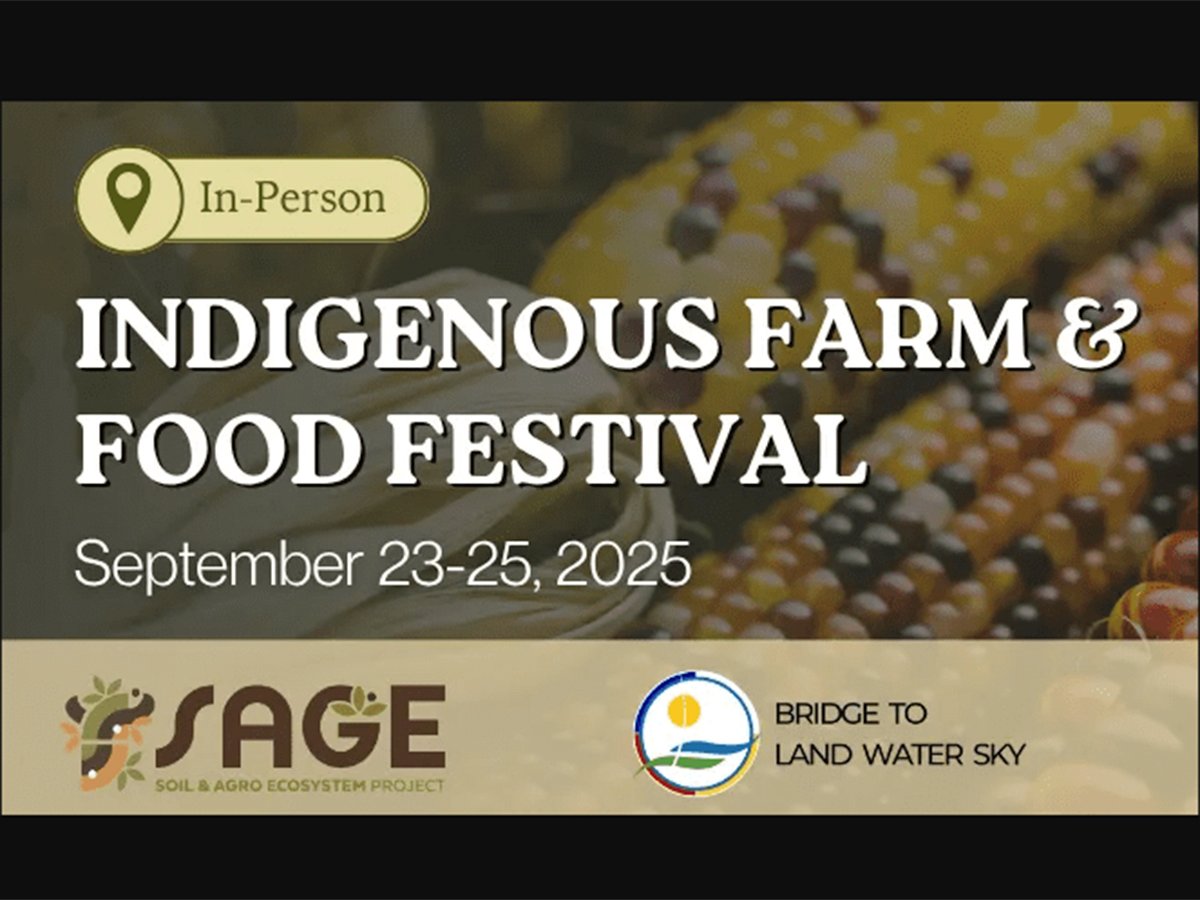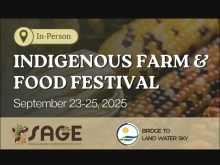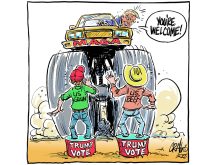IT IS disappointing that the federal budget did not directly assist Canada’s embattled cattle producers.
It is unfair for a free spending budget, which threw money at everything from the auto sector to home renovations to the arts, to offer only tough love to the livestock sector that is reeling from a succession of blows, including BSE, the rising Canadian dollar, lost export markets, soaring feed costs and U.S. country of origin labelling laws.
Canadians wanted the government to stimulate the economy on the condition that the money be spent on things that would make the country stronger and more competitive in the future.
Read Also

Finding the sweet spot where ag science meets ag culture
Soon, many will look at practices such as seeding marginal acres to forage, growing cover crops and livestock integration and ask why they didn’t do this sooner.
Helping stabilize and grow the cattle industry would pay greater dividends than the bathroom renovations and new decks that will be built under the $1.3 billion Home Renovation Tax Credit.
While many hard-pressed producers would have appreciated an ad hoc payment, the industry in the long term needs a safety net that works and better access to export markets.
Canada’s cattle industry expanded in the 1990s on the basis of a weak dollar and the expectation of open export markets.
The strategy turned out to be risky as the loonie strengthened and BSE and COOL limited market access.
The industry has been in trouble for years and the safety net, first Canadian Agricultural Income Stabilization and now AgriStability, are inadequate.
The flaw in both programs is that when a sector like livestock suffers prolonged low profits or losses, the historic margin falls so low that the program doesn’t pay out.
The budget should have funded changes in AgriStability so livestock producers have a reliable support program.
While the budget presented no immediate solace, cattle producers might be able to use some of its resources. The five-year, $500 million agricultural flexibility program is designed to improve competitiveness by investing in measures that include response to market challenges. The cattle industry has marketing challenges in spades.
It recently got Ottawa to put more effort into expanding meat exports and to especially push Canadian beef exports.
The government created a market access secretariat to co-ordinate the activities of several government departments involved in food and trade and ensure it has the authority to make agreements to reopen markets.
Canada is designated by the World Organization for Animal Health as a controlled risk country based on its prevention and detection measures for BSE, and therefore is eligible for trade.
The new agreement in principle with Hong Kong that lays out a timetable for increased access to that market is an encouraging sign that Canada can regain beef markets.
The Canadian Cattlemen’s Association has a list of 25 recommendations designed to improve market access. Government should agree to fully fund them.
The CCA forecasts that if Canada can win back international markets, by 2015 it could have up to $6.3 billion in additional exports and create 93,000 jobs.
That would be an excellent investment in the long-term health of the economy.
Bruce Dyck, Terry Fries, Barb Glen, D’Arce McMillan and Ken Zacharias collaborate in the writing of Western Producer editorials.














